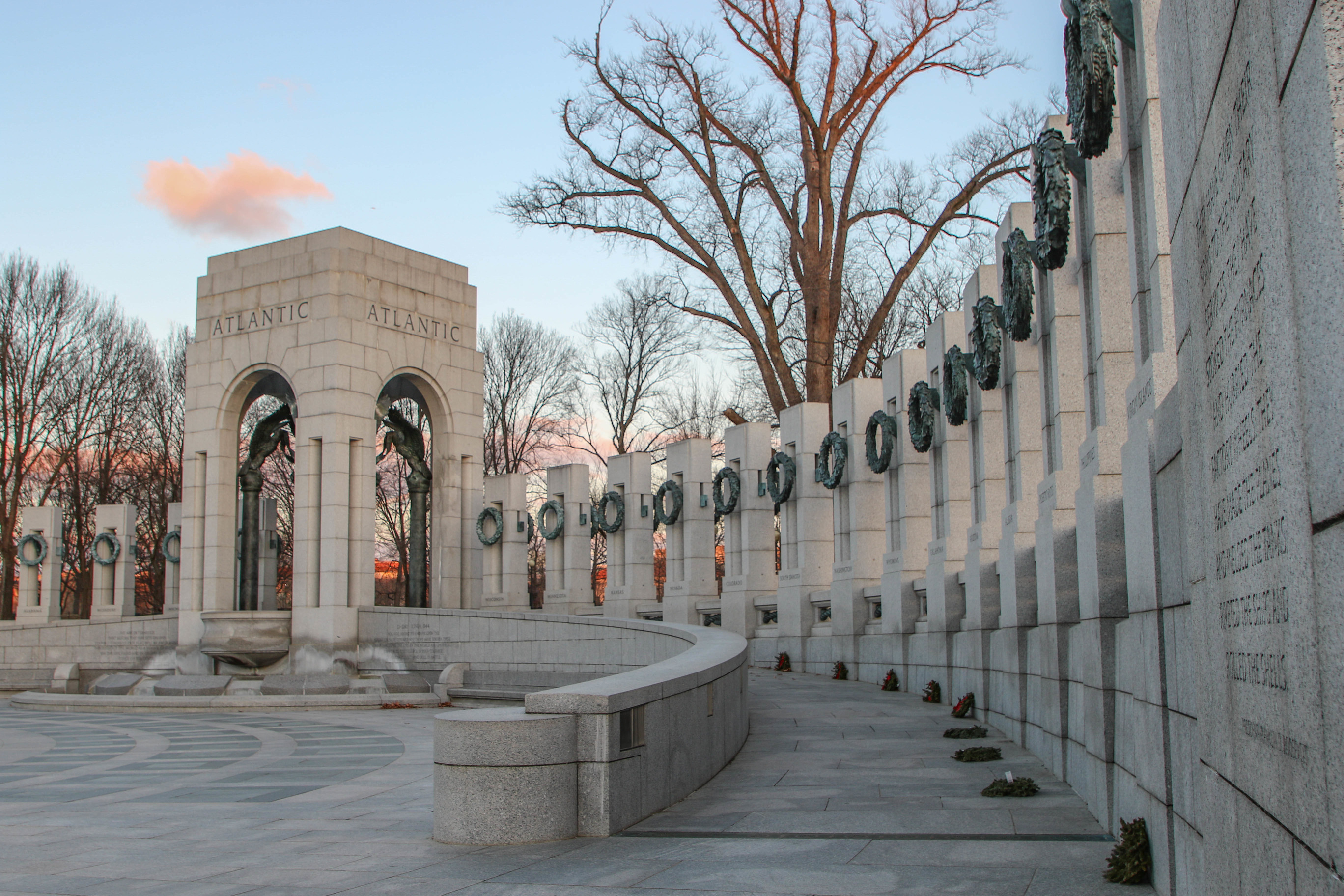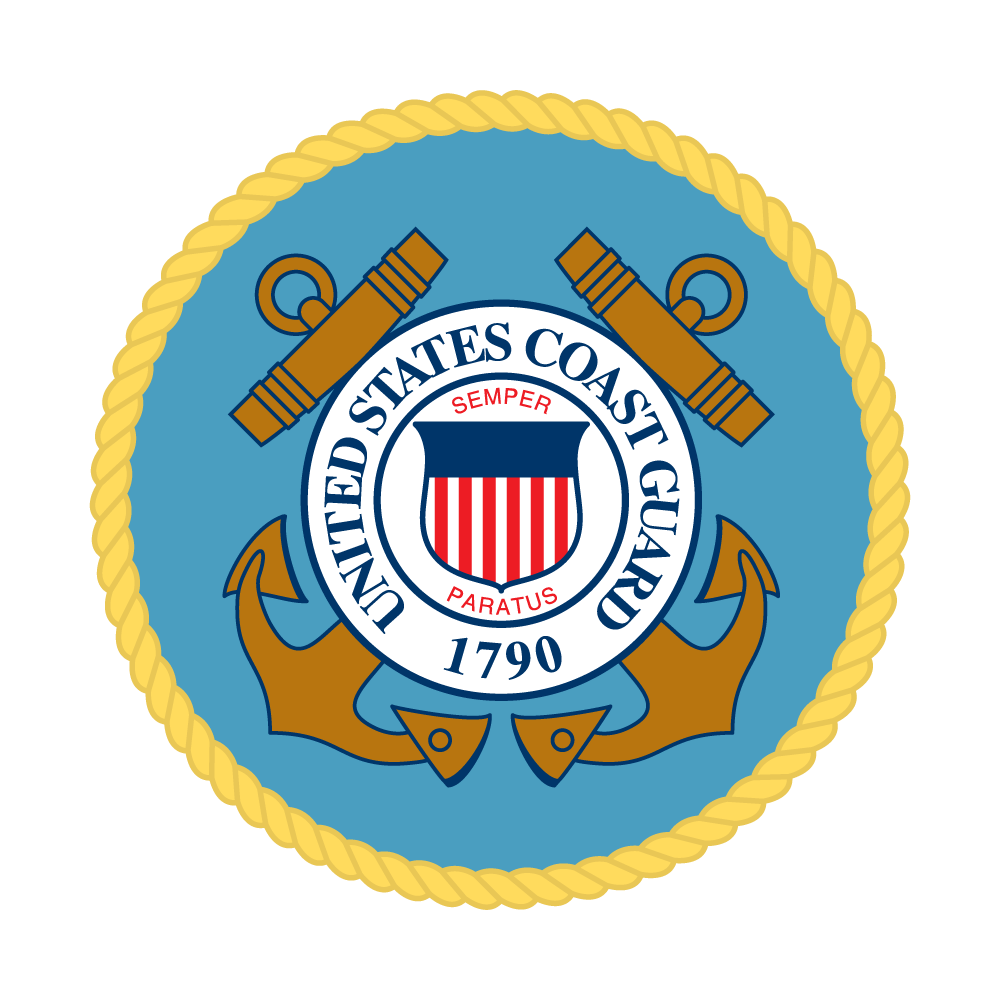World War II Honoree
Killed in World War II

Douglas Albert Munro
Branch of Service
U.S. Coast Guard
Hometown
South Cle Elum, Washington
Honored By
Friends of American Heroes

He enlisted in the Coast Guard in 1939. He spent his first two years on board the Cutter Spencer, a 327-foot Treasury-class cutter which patrolled out of New York, and later Boston. While on the Spencer, he advanced quickly to Signalman 2nd Class by the end of 1941. After the Spencer, he transferred to the Hunter Liggett, a Coast Guard-crewed landing craft patrolling in the Pacific. In 1942 he was made a part of Transport Division Seventeen, helping to coordinate, direct, and train other troops for amphibious assaults. At Guadalcanal, a base was established at Lunga Point and he was assigned here along with other Coast Guard and Navy personnel to operate the small boats and assist with communications. He led a landing craft assault at the Manatikau river against entrenched Japanese forces. He took the men into a small bay just west of Point Cruz and delivered the entire 500 man force unopposed. He and his crews returned to Lunga point to refit and refuel, leaving a single LCP(L) (a 36-foot landing craft, lightly armed and made mostly of plywood) to provide evacuation for any immediate casualties. But less than an hour after the initial landing the operation began to deteriorate. First, a flight of Japanese bombers attacked the Monssen, which was their fire support for the landings, forcing her to retreat and leaving the Marines without heavy fire support. Then the Japanese launched an infantry attack on the Marines. Shortly after a small flotilla came into the bay under fire. With fire support from USS Monssen, which had returned to combat after the bombing raid earlier, a path was cleared for the entrapped Marines to rush to the beach. He directed his landing craft to begin ferrying the men back to the Monssen, while he and the other LCP(L)s provided fire support. By this time the Japanese had taken up positions on all three sides of the bay, and were able to coordinate a barrage of fire on the retreating men. Seeing this, he positioned his own craft between the enemy and the landing crafts to provide support by fire. The evacuation was going smoothly, but after the last men were coming off the beach, a landing craft became grounded, and couldn’t pull away. He ordered another craft to tow it free while he provided support, again putting his own boat in harm’s way to help save as many men as possible. While his boat was taking position to do this, a Japanese machine gun crew set up on the beach and fatally wounded him. Thanks to his heroism, his swiftness of action, and excellent leadership, 500 Marines made it off the beach that day, and for this he was posthumously awarded the Congressional Medal Of Honor.